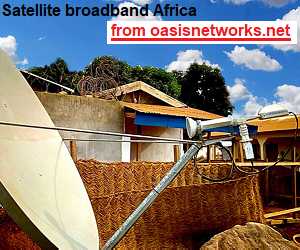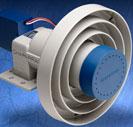| Home Login Register |
| Satellite Internet forum › Dish pointing and alignment › feedhorn specification ? |
|
Pages: 1
|
feedhorn specification ?(Read 4881 times) |
|
Ex Member
Ex Member
|
Feb 24th, 2007 at 4:31am
|
| Back to top |
« Last Edit: Feb 27th, 2007 at 9:24am by Admin1 »
IP Logged
|
|
Admin1
YaBB Admin
★★★★★ Offline Posts: 1215 |
Reply #1 - Feb 27th, 2007 at 9:37am
|
| Back to top |
IP Logged
|
|
Ex Member
Ex Member
|
Reply #2 - Mar 1st, 2007 at 11:34am
|
| Back to top |
IP Logged
|
|
Eric Johnston
Senior Member
★★★ Offline Posts: 2109 |
Reply #3 - Mar 1st, 2007 at 4:33pm
|
| Back to top |
IP Logged
|
|
Ex Member
Ex Member
|
Reply #4 - Mar 5th, 2007 at 1:36pm
|
| Back to top |
IP Logged
|
|
Pages: 1
|
Email me: eric@satsig.net
Powered by YaBB 2.5.2!
YaBB Forum Software © 2000-. All Rights Reserved.
Disclaimer, Terms of Use and Privacy Forum User Agreement Forum rules Cookie policy.



